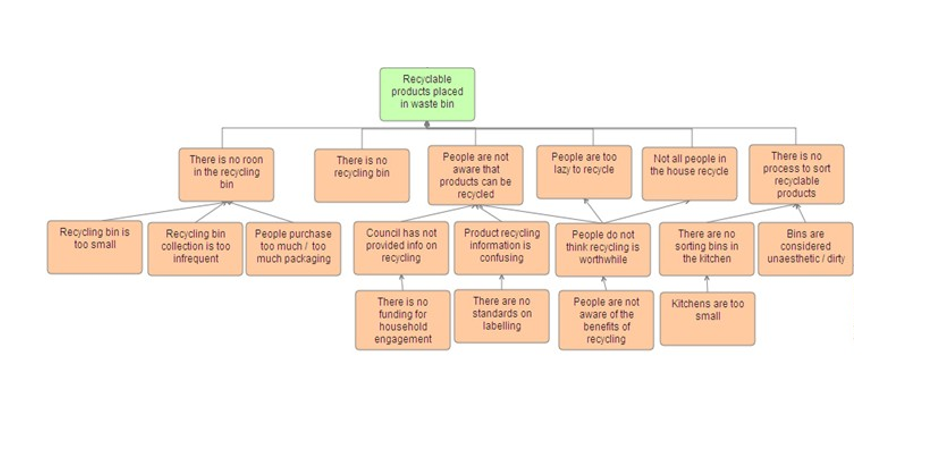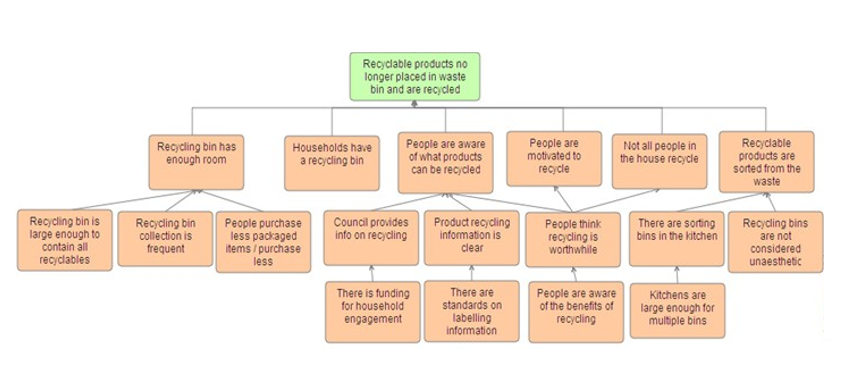Hi!
Issue trees are at the heart of the problem-solving approach. What you refer to in your question are two distict types: diagnostic trees (what you call issue tree --> "problem-based") and solution trees (what you call hypothesis tree --> "solution-based").
Generally speaking, an issue tree is a graphical breakdown of your key question. Trees have four basic rules:
- They consistently answer why or how questions (depending on your key question)
- They progress from the key question to the analysis as they move to the right
- Their branches are mutually exclusive and collectively exhaustive (MECE)
- They use an insightful breakdown
Diagnostic trees are for diagnosing your key question
Diagnostic trees help you search for all the possible causes of a problem. They give you the "WHY?".You list these in logical groups on the first column to the right of your key question, ensuring that your groupings are MECE. As you progress to the right, you drill further down in the details of each grouping.
Solution trees are for actively looking for ways to correct your problem
With solution trees, you look for all the potential solutions to your problem. They give you the "HOW?". As a general rule, you want to know the WHY before you get to the HOW, so if you don’t know the root cause(s) of your problem, find these first by means of a diagnostic tree.
For broader context, issue trees progress further into details until elements are sufficiently explicit. Then come the hypotheses, analyses and data sources. Once you have tested which solutions are viable, you are ready to select one, for instance by using a decision matrix (impact vs. doability).
Example Problem Tree for a household recycling issue:
Example Solution Tree for a household recycling issue:
Hope this helps!
Sidi











